x
Minimize the Mayhem

Moss and algae can thrive on roofs, particularly on north-facing ones, in shady areas, and in wet climates. Moss can damage shingles by raising their edges, while algae can leave dark streaks. To minimize algae, use chlorine bleach and water solution. Regular treatments may be needed if moss or algae is a persistent issue.
Trees can damage your roof, windows, and siding by rubbing against them, particularly in windy weather. Overhanging branches can also allow animals to enter and harm your home. To prevent these issues, trim branches to keep a safe distance from your house. This will help protect your home and extend the life of its exterior.
Tree debris, such as leaves and twigs, can retain moisture and lead to damp shingles. Remove organic matter from your roof at least twice a year, or more frequently based on tree activity. Use a broom or leaf blower while being careful not to dislodge shingle granules.
Your gutter system is crucial for directing water runoff from your shingles away from the foundation. Clogged gutters can lead to serious issues, as water backs up under your shingles and spills over onto your side or brick. Ensure your gutters are regularly cleaned to prevent damage.
If your downspouts connect different levels of your roof, make sure they stretch across the whole span and link up to the gutters below. This way, you’ll keep rainwater from running over the same spot on your roof every time it rains, which can cause granules to come loose and lead to those pesky algae stains.
Dislodged granules can prematurely age shingles. Without their protective granule coating, shingles experience increased UV exposure, making them more prone to warping and cracking
Leaking windows and patio doors can cause serious issues, including structural damage and higher energy bills. It's important to address leaks promptly to avoid costly repairs
What Happens: A storm rolls in, the wind howls, and hail pummels your roof, leaving it looking like it lost a battle.
How to Prevent It:
What Happens: A tiny leak can escalate into a significant mess, or a frozen pipe can turn into an indoor waterfall.
How to Prevent It:
What Happens: A forgotten candle, a faulty wire, or a moment of carelessness can ignite a fire that spreads quickly.
How to Prevent It:
What Happens: Someone uninvited takes what isn’t theirs, leaving you feeling unsafe in your own home.
How to Prevent It:
What Happens: If a guest trips on your walkway or your dog accidentally bites someone, you could suddenly find yourself dealing with some legal issues.
How to Prevent It:
The reality is that you can be incredibly prepared, but you cannot prevent 100% of the problems that may arise. This is why homeowners’ insurance is essential.
It’s also why we work hard to understand our customers. We learn what is most valuable to you and where your greatest risks lie. We will help you find the policy that fits your home just right.

To help you protect your vehicle with the right auto insurance here’s a brief overview of the most common auto insurance claims, along with some tips to avoid potential problems through proactive planning.
Understanding the different types of auto claims can help drivers navigate the insurance process more effectively. Below are some common examples:
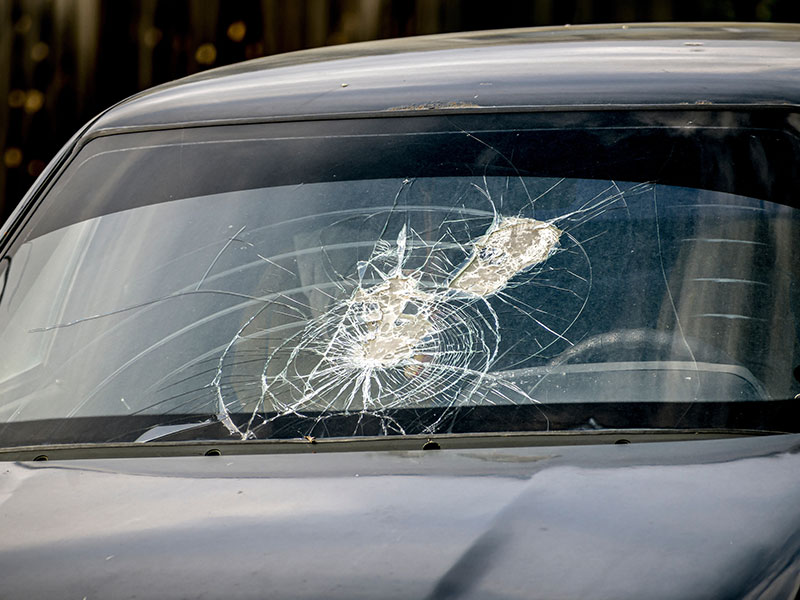
This type of claim occurs when a rock or debris from another vehicle strikes the windshield, resulting in a crack that may require repair or complete replacement.
To avoid glass damage to your windshield, follow these simple tips:
Maintain a safe distance from larger vehicles to reduce the chance of debris hitting your windshield.
Watch out for road hazards like potholes and gravel that can kick up rocks.
Keep safe following distance to prevent debris from the car in front from striking your windshield.
Consider applying a protective film to your windshield to help reduce chips and cracks.
Check your windshield for chips or cracks and repair them as soon as possible.
Park away from trees or construction zones to avoid falling debris.
Slow down on unpaved or bumpy roads to minimize the risk of impacts.
By following these tips, you can greatly reduce the risk of glass damage to your windshield.
Drivers might experience this type of claim when an animal, such as a deer, unexpectedly crosses the road, leading to a collision that damages the vehicle.
Here are five effective ways to avoid animal collisions while driving:
Always remain vigilant, especially in areas marked with wildlife crossing signs. These signs indicate regions where animals are likely to cross the road, so it’s crucial to reduce your speed and maintain focus on the roadway.
When driving at night, utilize your high beams when no oncoming traffic is present. This increases your visibility and helps you spot animals earlier. Just remember to switch back to low beams when other vehicles approach to ensure safety for everyone.
If you find yourself in regions known for wildlife activity, such as rural or wooded areas, consider lowering your speed. Driving slower gives you more time to react if an animal suddenly appears in your path.
Animals are often most active during dawn and dusk. If possible, try to avoid driving during these times. If you must be on the road, exercise extra caution and stay alert.
Keep an eye out for the reflection of animals’ eyes in your headlights. Spotting these reflections can serve as an early warning that an animal is nearby, allowing you to slow down and prepare for a potential encounter.
By following these tips, you can help reduce the risk of animal collisions and drive more safely.
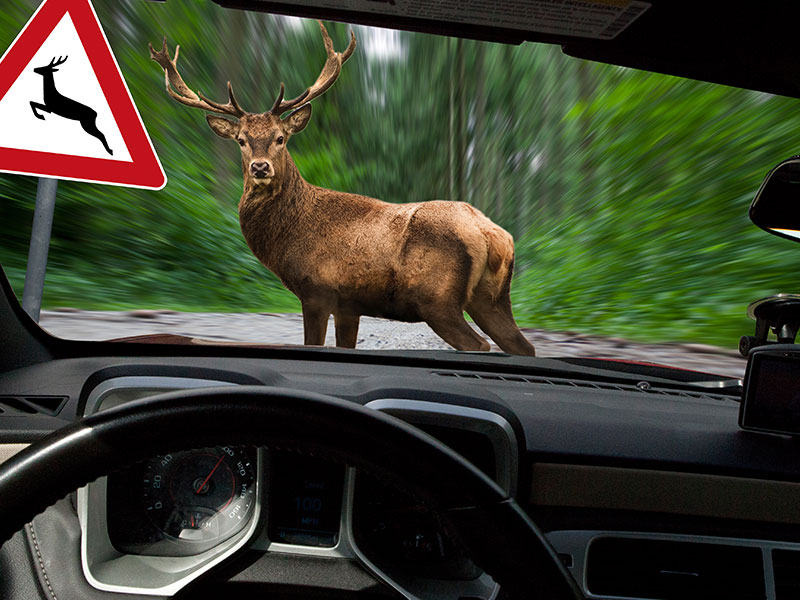
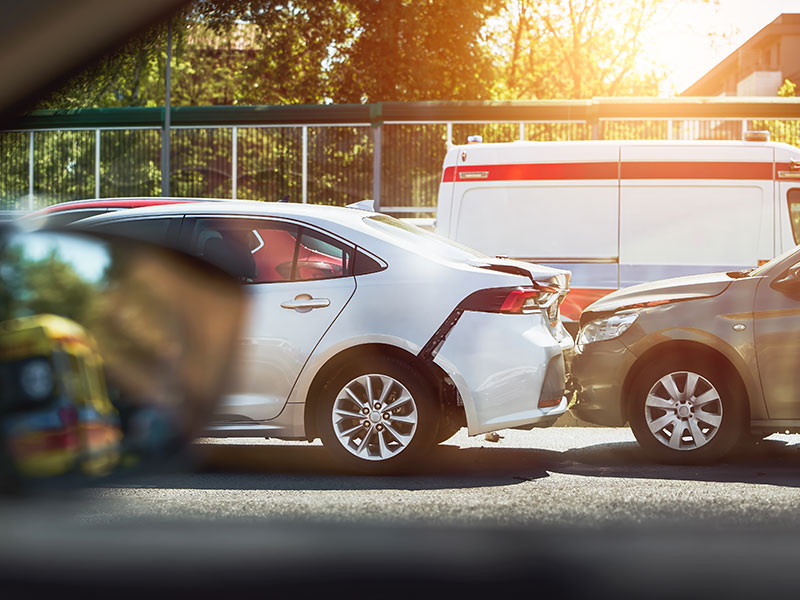
This claim arises when a vehicle is stopped at a red light and is struck from behind by another driver who fails to stop in time, resulting in damage to the rear of the car.
Keep an adequate distance from the vehicle ahead, adhering to the three-second rule to allow sufficient time to react in case of sudden stops.
Focus on the road and minimize distractions, such as texting or adjusting the audio system, to better identify potential hazards.
Decelerate smoothly rather than abruptly to give drivers behind you a chance to react, thereby reducing the risk of rear-end collisions.
Always use turn signals well before changing lanes or turning, allowing other drivers ample time to adjust their speed and position.
In rain, snow, or fog, reduce speed and increase the following distance, as poor visibility and road conditions require greater care in driving.
Such claims typically occur in parking lots when a driver backs out of space and inadvertently collides with another vehicle passing nearby, causing minor dents and scratches.
Speeding reduces your reaction time and increases the risk of accidents. Police often monitor speeders, and getting caught can lead to a ticket.
Don't text or talk on your phone while driving, as this increases the likelihood of accidents. About 25% of traffic accidents in America are linked to cell phone use.
Being knowledgeable about these scenarios can prepare drivers for potential claims and the insurance process that follows.
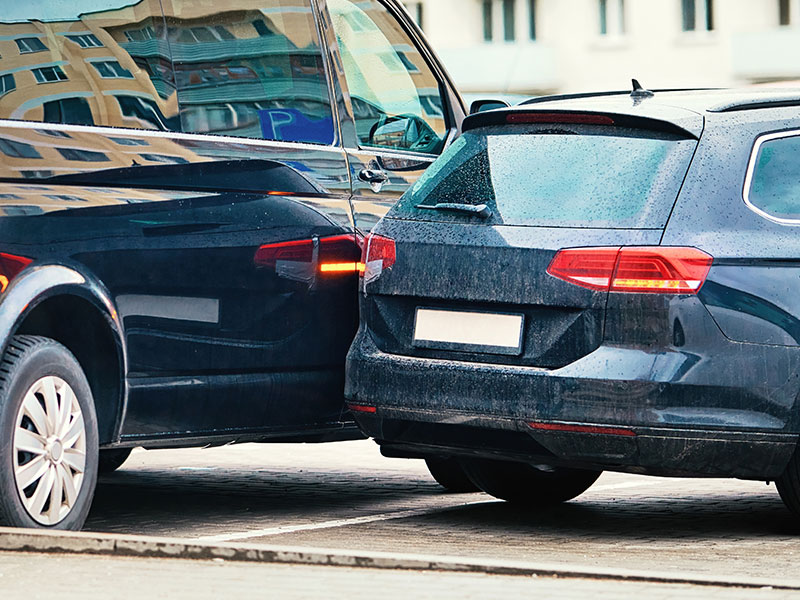
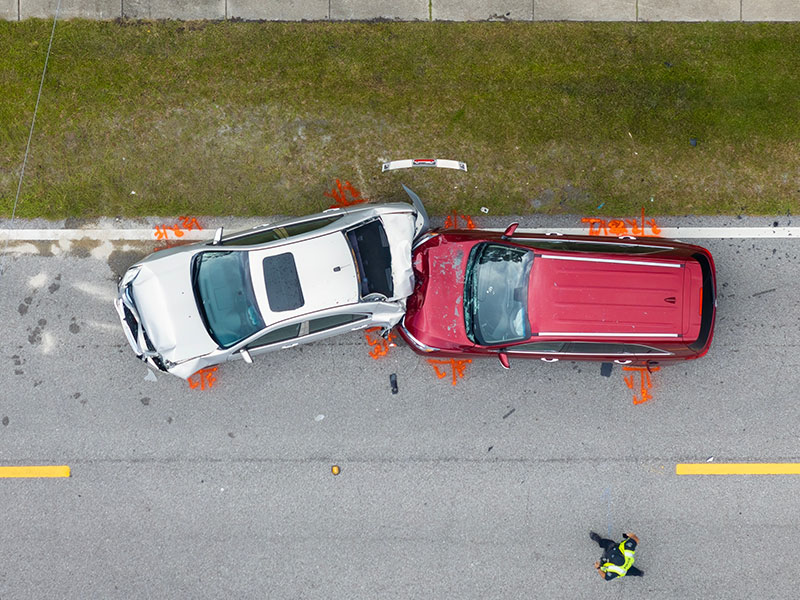
Speeding reduces your reaction time and increases the risk of accidents. Police often monitor speeders, and getting caught can lead to a ticket.
Maintain a two-second following distance from the car ahead. This ensures you have enough time to react if they stop suddenly. Keeping this distance also reduces wear on your brakes and saves fuel.
Don't text or talk on your phone while driving, as this increases the likelihood of accidents. About 25% of traffic accidents in America are linked to cell phone use.
Always signal your intentions well in advance when changing lanes. This alerts other drivers and helps prevent accidents.
Don’t just focus on the car ahead; regularly check your mirrors and look ahead to anticipate traffic changes and monitor your blind spot.
Buckling up is essential and legally required in many places. Ensure children are safely secured in appropriate car seats until they are old enough.
Underinflated tires increase accident risk. Ensure your tires are properly inflated to avoid failures and improve handling.
Regular maintenance reduces mechanical failures that can lead to accidents. Always check your brakes and replace windshield wipers as needed to ensure good visibility in bad weather.